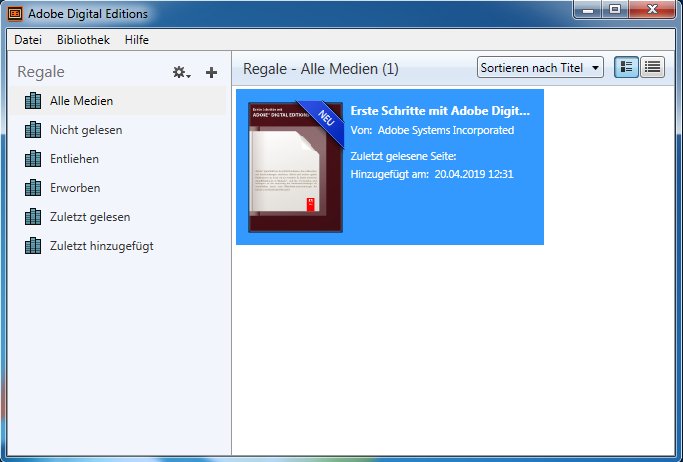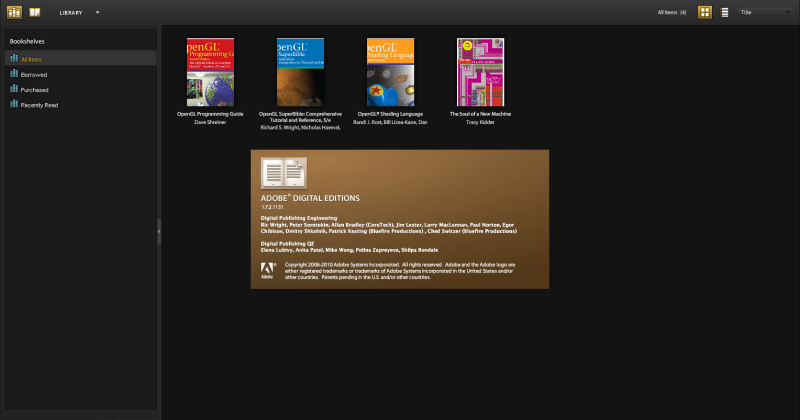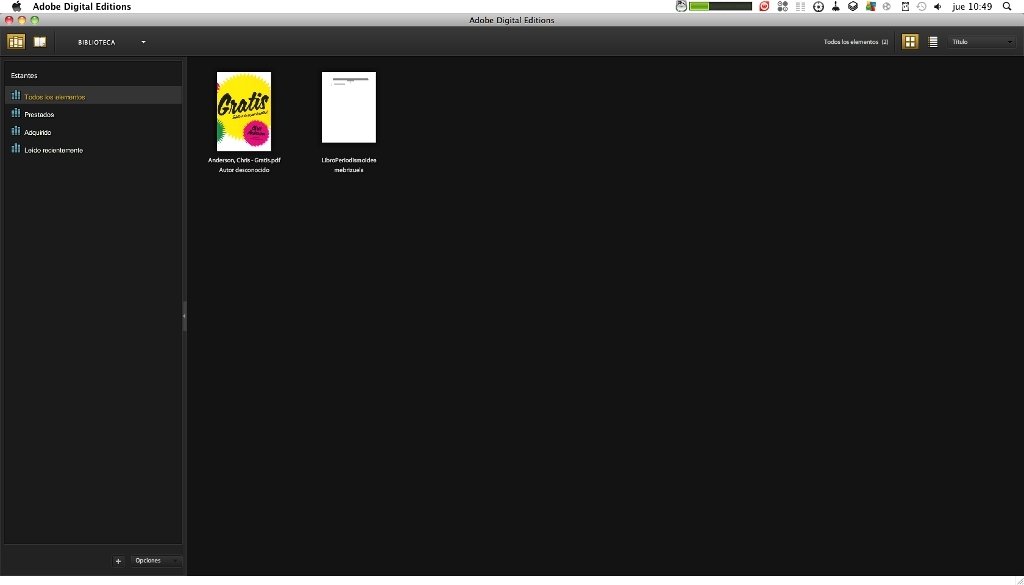
The MS-DOS Executive file manager/program launcher was replaced with the icon-based Program Manager and the list-based File Manager, thereby simplifying the launching of applications. However, this was of limited use for the home market, where most games and entertainment programs continued to require raw DOS access. Text-mode programs written for MS-DOS could be run within a window (a feature previously available in a more limited form with Windows/386 2.1), making the system usable as a crude multitasking base for legacy programs.

Features : Windows 3.0 succeeded Windows 2.1x and included a significantly revamped user interface as well as technical improvements to make better use of the memory management capabilities of Intel's 8026 processors. Widespread acceptance among third-party hardware and software developers helped fuel the success of Windows 3.0. The popularity of Windows 3.0 grew with the release of a new Windows software development kit (SDK), which helped software developers focus more on writing applications and less on writing device drivers.

#Adobe digital editions 3.0windows full
The Windows 3.0 is the Windows platform from Microsoft offered improved performance, advanced graphics with 16 colors, and full support of the more powerful Intel 386 processor.

It became the first widely successful version of Windows and a powerful rival to Apple Macintosh and the Commodore Amiga on the GUI front. It is the third major release of Microsoft Windows, and was released on.


 0 kommentar(er)
0 kommentar(er)
